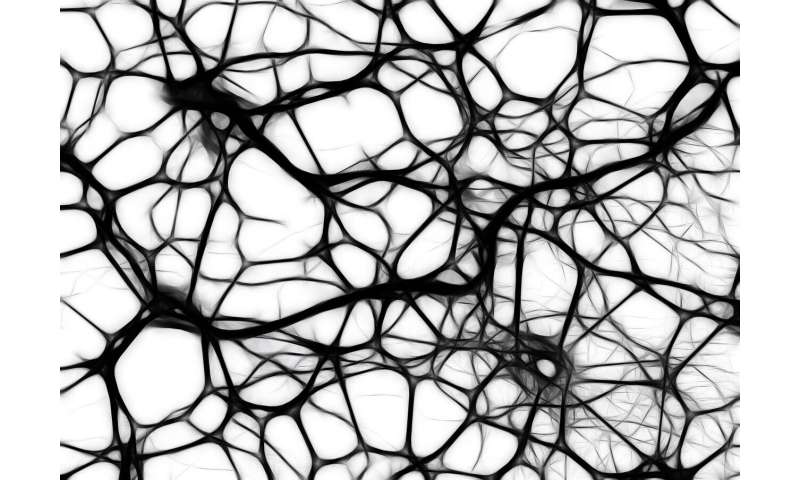
In the quest to engineer replacement tissues and organs for improving human health, biofabrication has emerged as a crucial set of technologies that enable the control of precise architecture and organization. A new article reviews the impacts of biofabrication in tissue engineering and regenerative medicine over the previous year. The article is reported in Tissue Engineering, a peer-reviewed journal from Mary Ann Liebert, Inc., publishers.
In “Tissue Engineering and Regenerative Medicine 2019: the Role of Biofabrication—A Year in Review,” Tiago Ramos, University College of London, UK, and Lorenzo Moroni, Maastricht University, the Netherlands, discuss the growing field of biofabrication and its recent impacts on tissue engineering and other disciplines. The authors first clarify terminology, including the concepts of bioassembly, bioprinting, and bioinks. They then catalog and highlight the developments in the 3-D bioprinting of several specific tissue models, discussing both the extrusion-based methods and the newer optical fabrication techniques of stereolithography, laser-induced forward transfer, and two-photon lithography. Finally, developments are explored in the area of 4-D bioprinting—the time-dependent modification of fabricated constructs.
Source: Read Full Article
